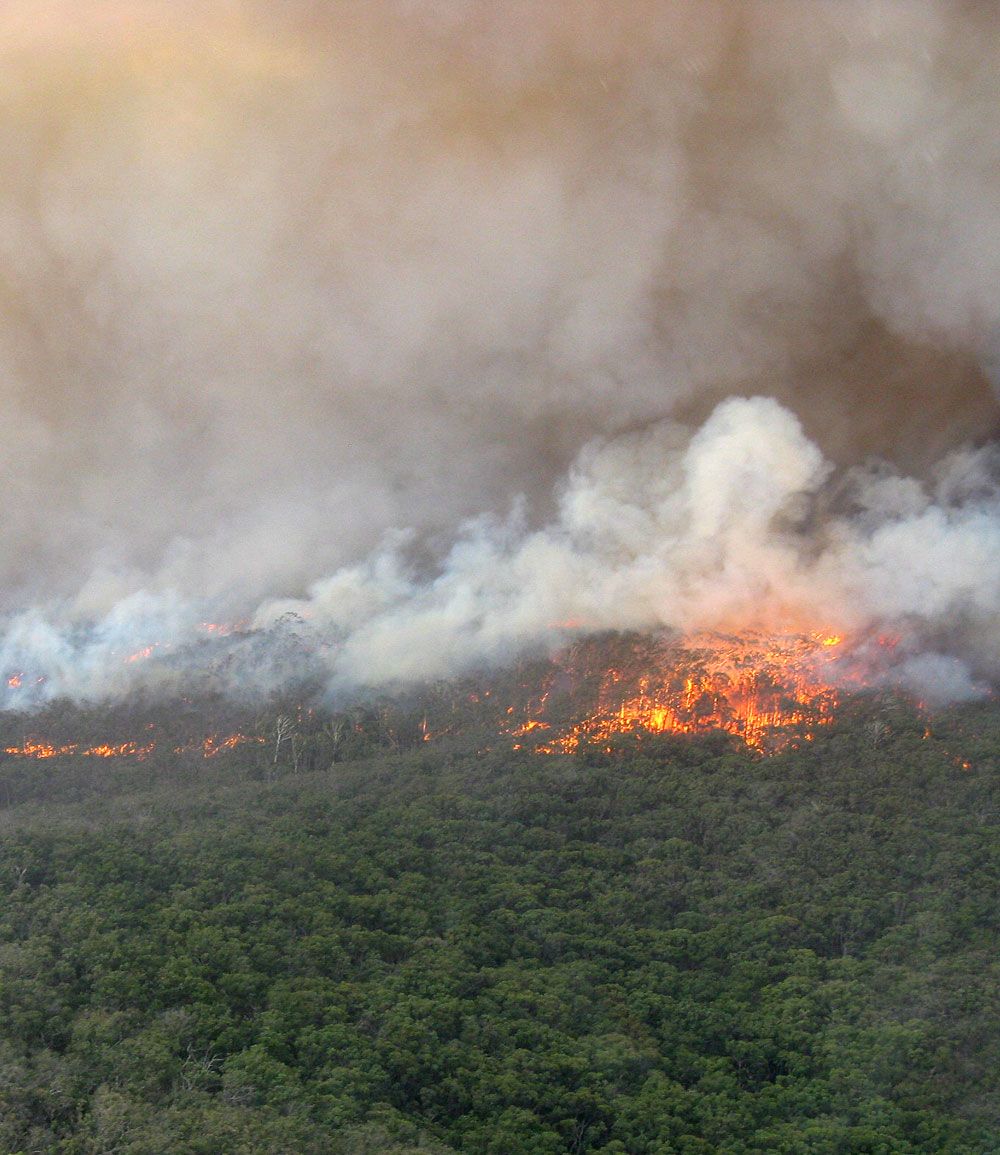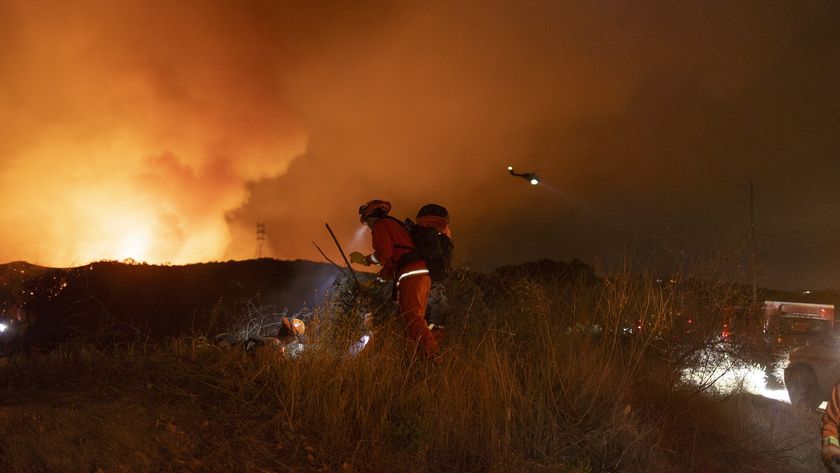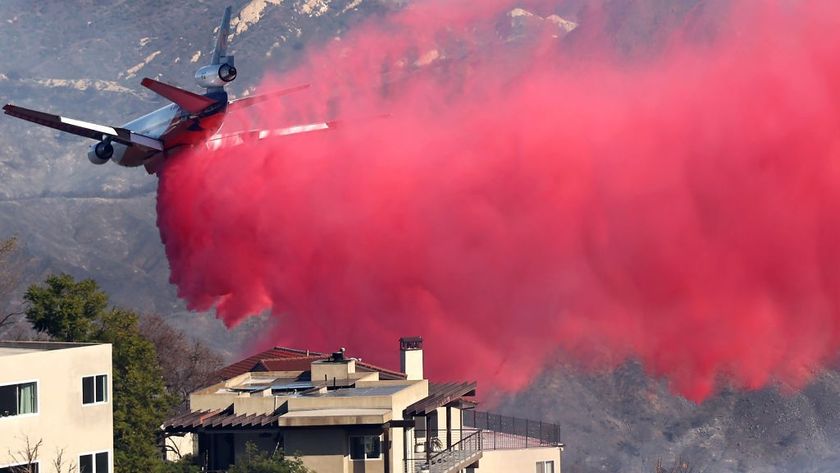Why Australia's Wildfires Are So Bad

A dry, warm winter set the stage for dozens of wildfires currently threatening populated areas in New South Wales, Australia.
The fires have destroyed hundreds of homes and sent smoke and ash into the air over Sydney. The region, which is now entering summer, also experienced hundreds of fires this January during a catastrophic heat wave.
The past three months have been among the driest 10 percent on record in New South Wales (NSW), said Todd Lane, a meteorologist at the University of Melbourne. The region has received about 4 inches (100 millimeters) less rain than normal. At the same time, temperatures during the winter months averaged 5 degrees Fahrenheit (3 degrees Celsius) hotter than normal across much of NSW.
"These prolonged warm and dry conditions lead to dry fuels, which is a key ingredient for severe fires," Lane told LiveScience.
Difficult weather
There are four big fires and 53 smaller ones burning in NSW. Thousands of homes in the Blue Mountains outside Sydney are close to natural areas and are at risk from the flames.
Firefighters are expecting difficult conditions today (Oct. 23, Australian time). A weak cold front is expected to move through, which should alleviate the heat in the long term, but which will likely stoke the flames before it starts helping. The wind will likely increase in front of the front, Lane said, and gusts can send flames spreading in surprising directions. In previous fires, he said, the hours before a "cool change" have been the deadliest.
Sign up for the Live Science daily newsletter now
Get the world’s most fascinating discoveries delivered straight to your inbox.
Complicating the response is the mountainous terrain where the fires are burning. Mountain wind is often "stronger, gustier and less predictable," Lane said. Eucalyptus forests may also be feeding the flames.
The flames are also creating their own weather, as they are expected to fuel huge pyrocumulus clouds over the area, which can also create winds that fuel the fire further.
A changing climate
Australia is no stranger to major fires. In 1983, the Ash Wednesday fires killed 75 people. In 2009, a heat wave fueled the Black Saturday fires, which raged across the province of Victoria. One hundred and seventy-three people died, and thousands of homes were destroyed.
Such fires are too infrequent to judge whether they're coming harder and faster as the climate warms, Lane said. But researchers do expect Australia to see more fires thanks to climate change. Canada, Russia, the United States and the Mediterranean will likely see more fires as well. [Gallery: California Wildfires]
"Fuels are drier when temperatures go up," said Peter Fulé, a fire ecologist at Northern Arizona University. "You have basically more evaporation, so fuels dry out more. You also have longer fire seasons."
Over time, though, the effect of climate change on forest fires becomes more complex, Fulé told LiveScience. In some regions, the climate will become more arid, resulting in less vegetation in forests, with the end result being less fuel. Changing temperatures might also influence what vegetation returns after a fire — some forests may never come back.
Adding to the complexity is the fact that fires are a natural part of many forest ecosystems. It's not enough to say fire is good or bad in a particular region, Fulé said.
"In some places, you want to have fires rarely, but very intensively. And in other places, it fits better in those communities to have frequent, low intensity fires," he said. "Trying to balance that all out, trying to relate it to what human society wants and is willing to pay for, and how to deal with houses in the middle of that is an important issue. And then, the way that climate change affects it is also important."
Follow Stephanie Pappas on Twitter and Google+. Follow us @livescience, Facebook & Google+. Original article on Live Science.

Stephanie Pappas is a contributing writer for Live Science, covering topics ranging from geoscience to archaeology to the human brain and behavior. She was previously a senior writer for Live Science but is now a freelancer based in Denver, Colorado, and regularly contributes to Scientific American and The Monitor, the monthly magazine of the American Psychological Association. Stephanie received a bachelor's degree in psychology from the University of South Carolina and a graduate certificate in science communication from the University of California, Santa Cruz.











